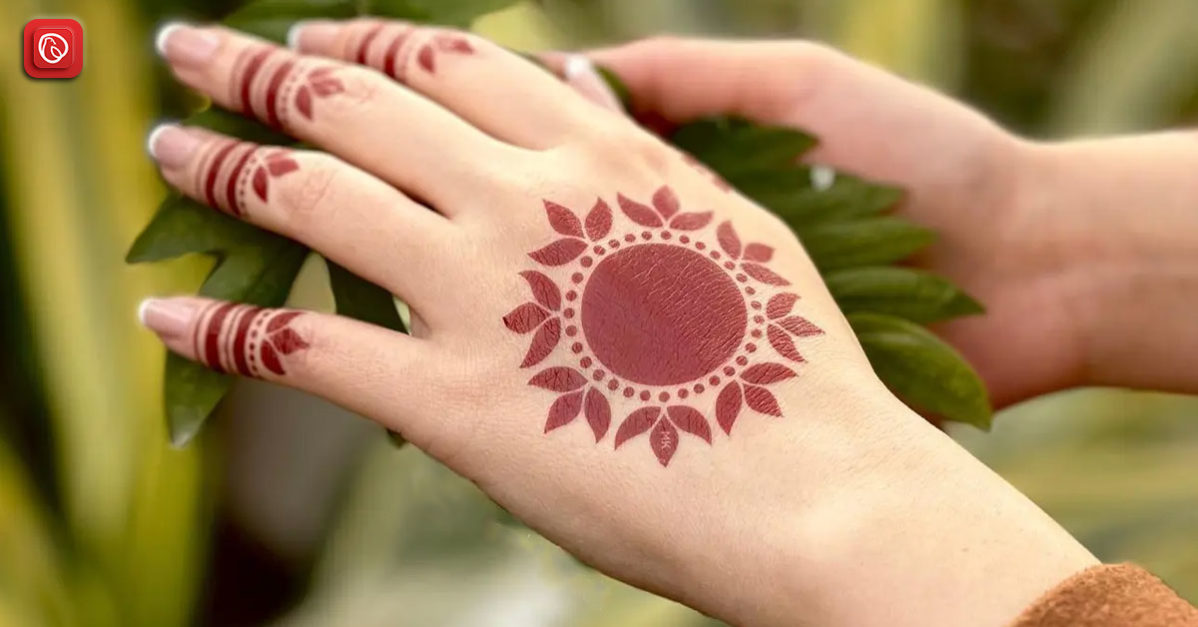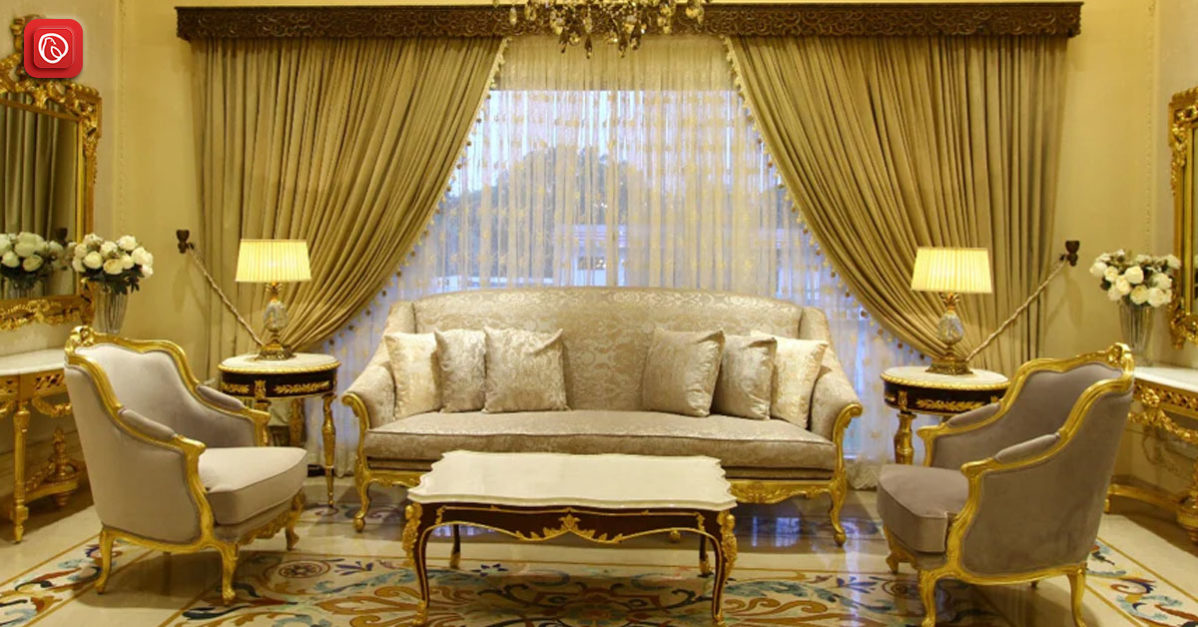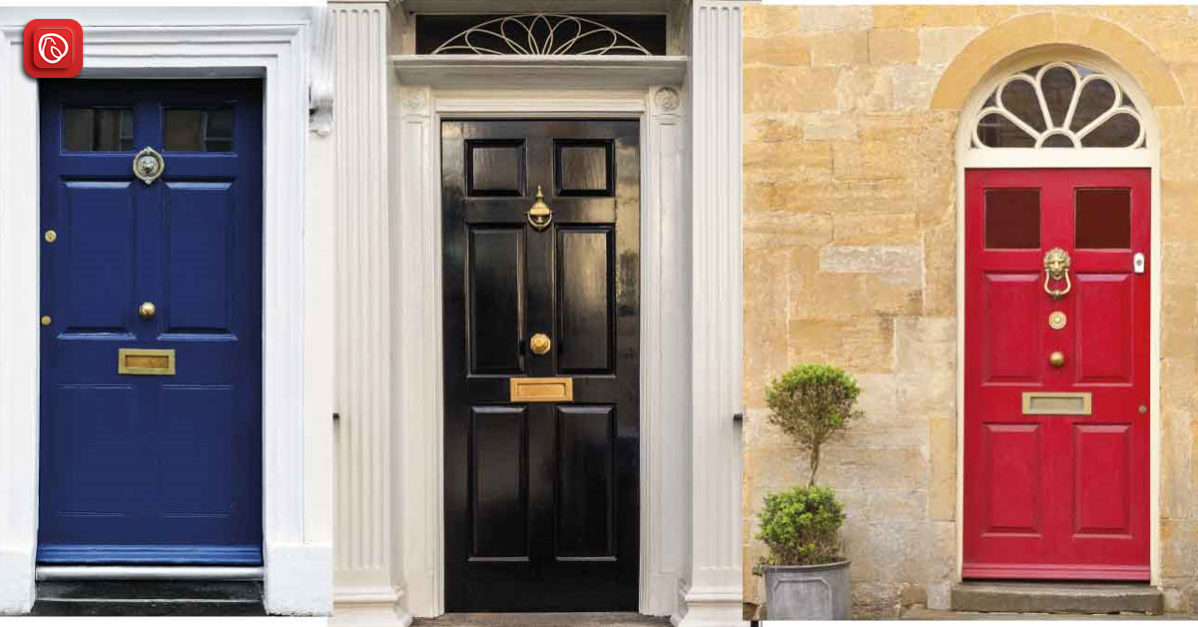For years, interior designers have preferred opting for neutral tones and accents, as these options provide a fail-safe choice. However, recent trends have moved towards adopting a more playful and bold style, embedded with vibrant color schemes and palettes. However, the process of adding color to any room is a delicate one, involving several factors. To aid this process, interior designers employ the use of color theory, a detailed theory that guides artists and designers in using the right color palettes.
Graana.com, Pakistan’s smartest property portal, features a complete guide to color theory.
Understanding the Color Theory
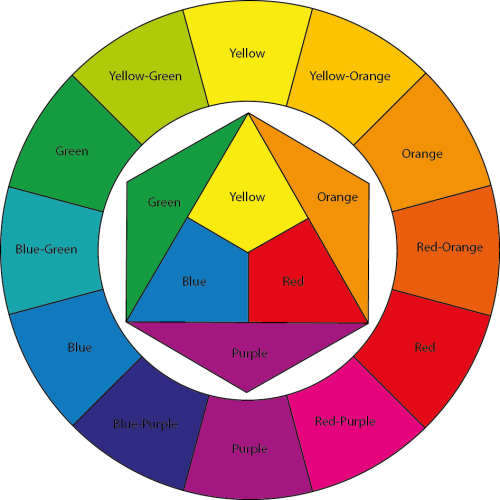
A common misconception regarding colors in interior design is that designers often ‘eye’ which colors go well together. And though that may be true in some cases, most designers employ the use of the scientifically proven color theory.
The color theory revolves around one main element – the color wheel. Created in the late 17th century by Sir Isaac Newton, the color wheel refers to the color spectrum being mapped into a circle. The wheel allows the visualisation of the color spectrum, and how different hues go along with each other.
Since the color wheel is a significant aspect of the color theory, it guides designers and artists to find suitable color combinations based on the relationships presented on the wheel. For instance, three evenly-spaced colors on the wheel will offer a bold yet harmonious combination, while colors on the opposite side of the spectrum will provide a complementary visual.
The Color Wheel
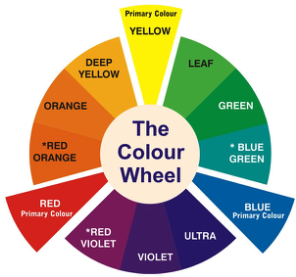
Starting with the basics, the color wheel has a total of 12 colors evenly spread throughout the circle. The colors consist of three primary (red, blue, and yellow), three secondary, and three tertiary colors.
The color wheel is further divided into warm colors and cool colors. Warm colors such as yellow, red, and orange are commonly attributed to brightness, excitement, and heat. On the other hand, cool colors such as blue, purple, and green are associated with calmness, peace, and serenity.
A simple color wheel will only depict the pure colors or ‘hues’. However, a more detailed color wheel will also show other elements such as tone, tint, and shades. A simple guide to colors and their types has been given below.
- Hue – The word goes side-by-side with color since hues refer to the original or pure colors. All primary and secondary colors are hues as they contain the smallest number of colors, and are mostly pure.
- Shade – The word is commonly used when referring to a lighter or darker version of the same color. However, shades actually refer to the color you get after mixing black with any hue.
- Tint – The opposite of a shade, tints are hues that are mixed with white.
- Tone – Tones are hues that have both black and white mixed within them.
Color Schemes in Color Theory
Another significant aspect of the color theory involves color schemes. These schemes are the main guiding factors for designers in determining which colors go well with each other. The following color schemes are some of the most common ones that are used by designers.
Analogous Color Scheme
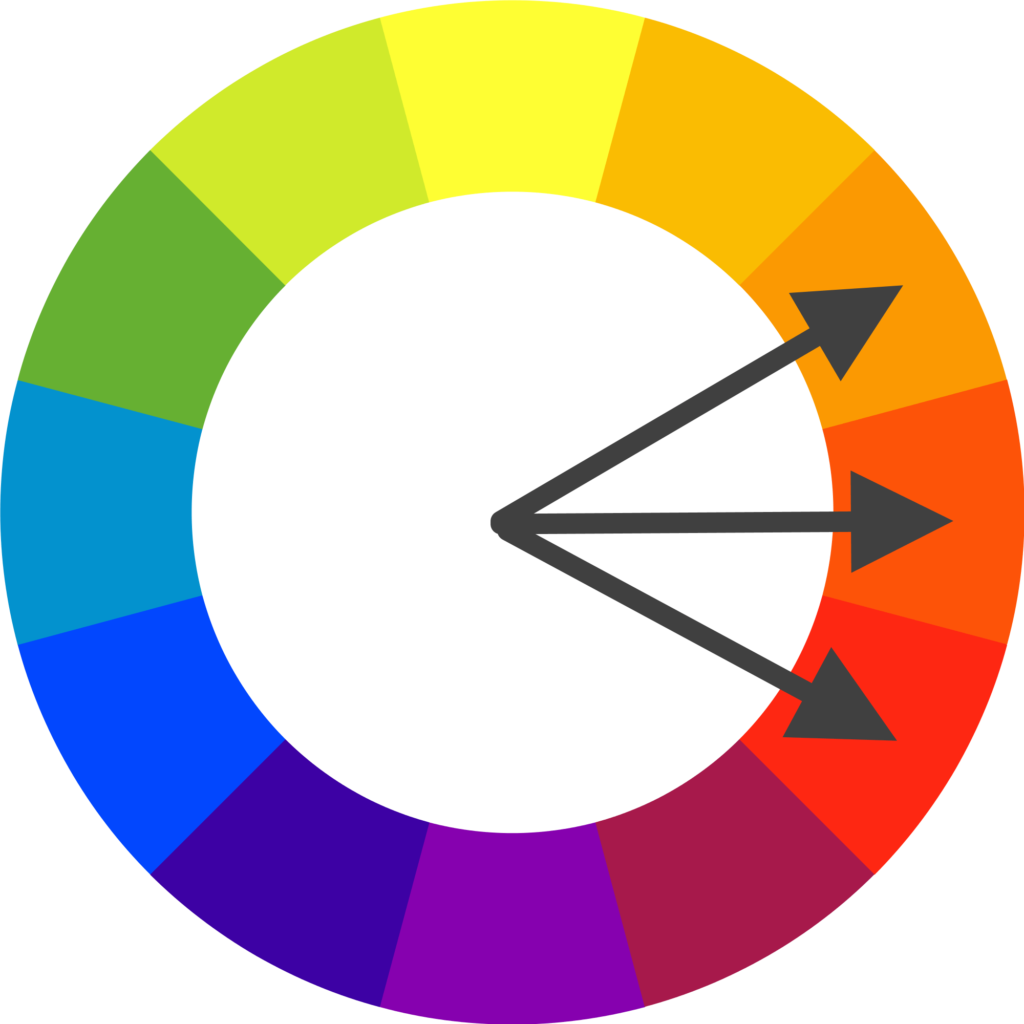
Analogous color schemes are formed by using one main color and pairing it with two other colors directly next to it. The most common analogous schemes are the thee-pair ones. However, a five-pair scheme can also be used by adding two more colors that are found next to the two outside colors.
Since analogous colors cannot create contrasting themes, these schemes generally create softer palettes.
Complementary Color Scheme of Color Theory
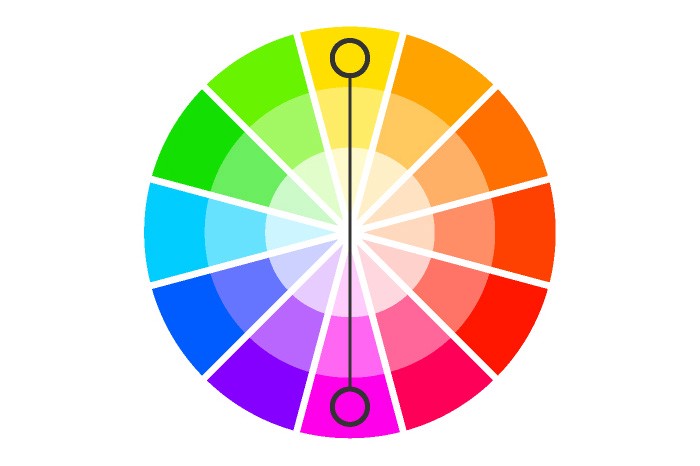
These color schemes are made of two color schemes that are on the opposite sides of the color wheel. These schemes create some of the most contrasting color schemes. Designers tend to use these colors for more bold and eccentric interiors.
Monochromatic Color Scheme
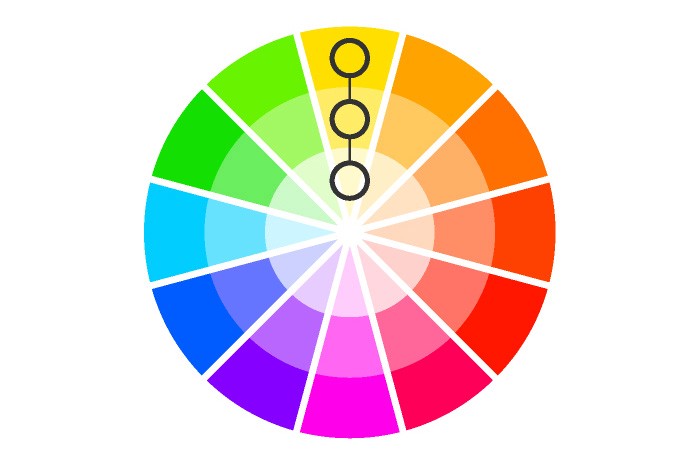
As the name suggests, monochromatic color schemes feature the same color, but with different shades, tints, and tones. Even though these schemes lack contrast, the overall look can be quite elegant and refined.
Triadic Color Scheme
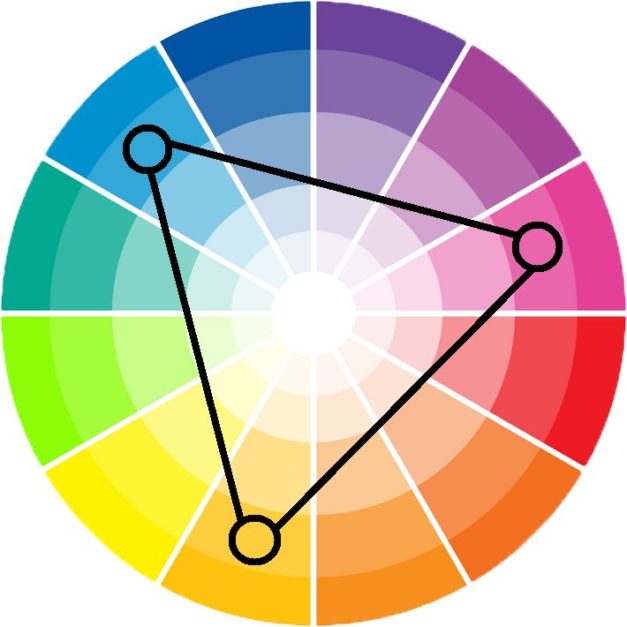
Another commonly used color scheme, triadic schemes are created by three colors that are spaced equally around the color wheel. Triadic schemes also offer high contrast palettes, but they can become quite overwhelming if all three are used equally.
Designers tend to use one dominant hue while using the other two colors sparingly to create a complementary effect. A simple guide to schemes in the color theory is that mixing lighter shades and tints can reduce the overwhelming effect of the other dominant colors.
Square Color Scheme
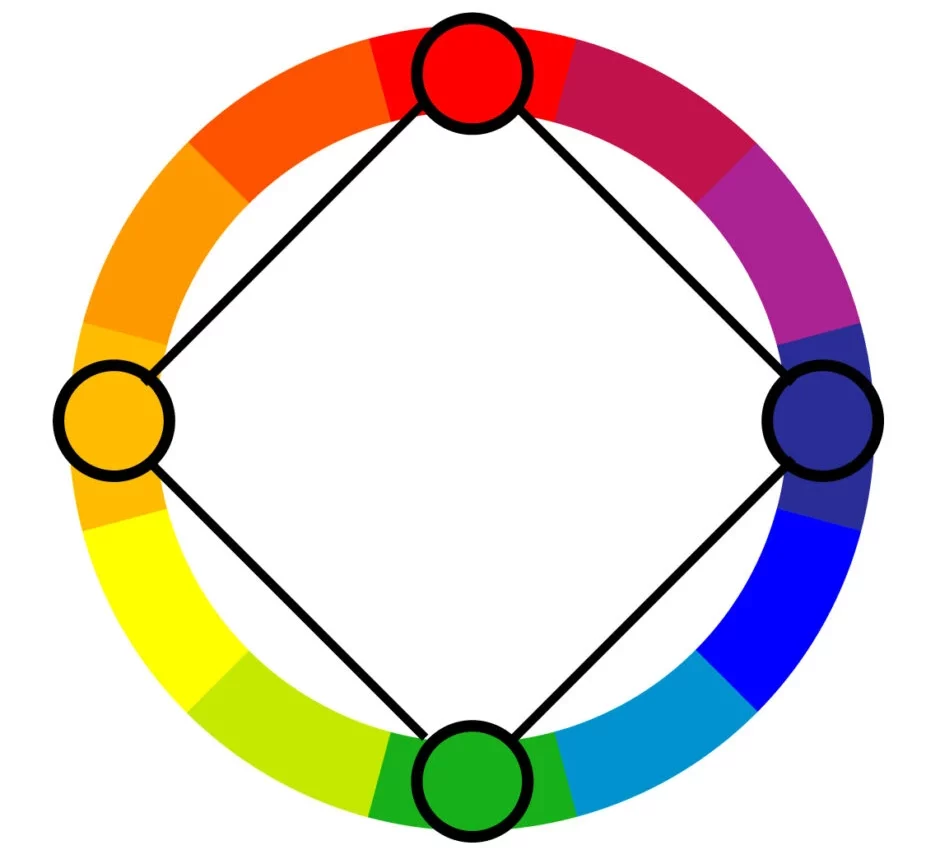
Similar to a triadic color scheme, square schemes employ four colors that are equally spaced apart from each other on the color wheel. This design also offers high contrast, and using each color equally can create an unpleasant palette. This can be balanced out by selecting one dominant color while using lighter shades and tones of the other three colors.
Rectangle Color Scheme
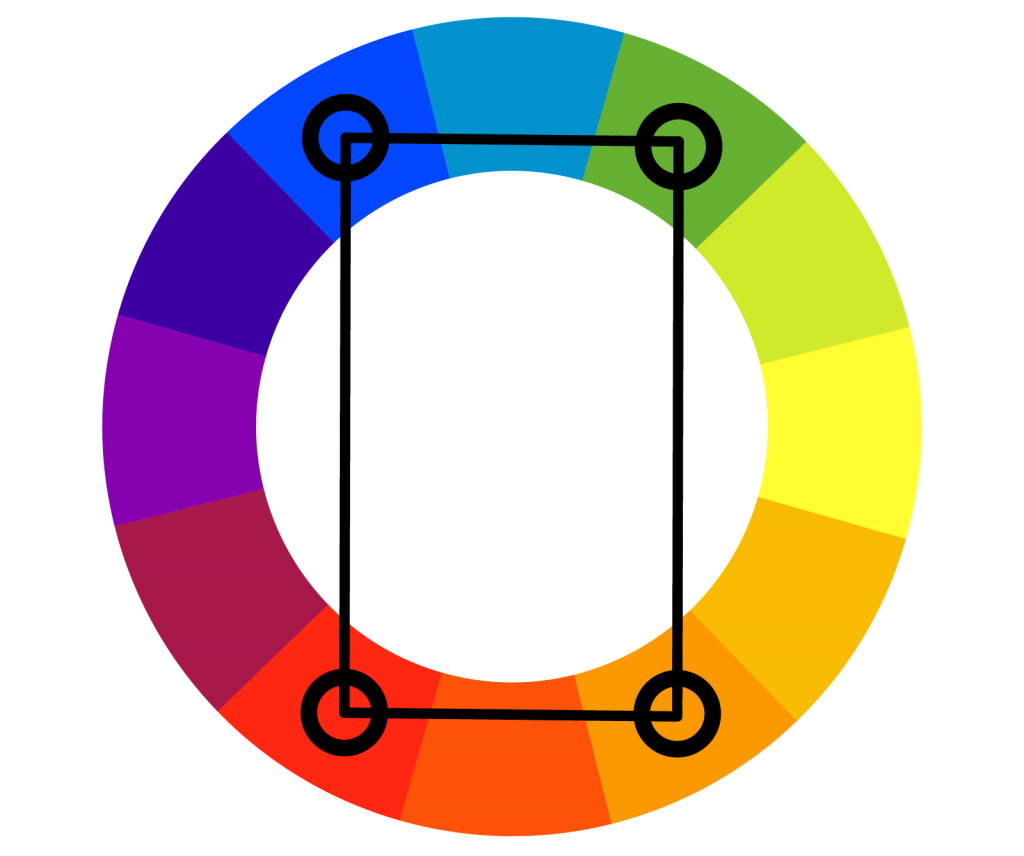
These color schemes offer a more subtle approach to pairing up different hues from the color wheel. With this approach, two colors are bold while two are muted. This disparity allows the muted shades to uplift the bold colors, making a complementary scheme without reverting to lighter shades.
Colors are an integral part of interior design, and understanding how different colors complement each other is essential for creating the perfect interiors for your home.
The color wheel perfectly summarises the basics of the color theory, allowing artists and designers to employ different palettes for their design with scientifically backed research. Follow our guide to color theory and enhance your home’s aesthetics by multiple folds. Get to know wallpaper price in Pakistan.
For more information on colors in interior design such as bedroom color schemes, follow our blog.

